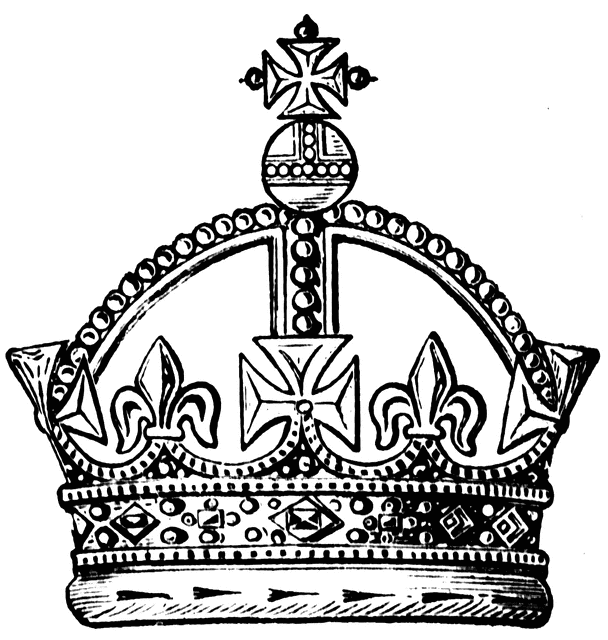Yesterday was, of course, the Feast of the Assumption, the only other Holy Day other than Christmas Day not to have been shifted to a Sunday here in Oz. We have a reasonable number gathered at my local parish for the Feast Day Mass - about twice the usual daily mass crowd. But compare that to the fact that on the average Sunday we have four masses, all attended by more than turned up yesterday for the Assumption, and you get the rather shocking fact that 80% or more of the
practicing (forget, for the moment, the non-practicing) Catholics in the parish did not keep this Holy Day of Obligation. Now, it wasn't as if there was a difficulty with the time. It was a Saturday, not a working day, with mass at 9am. Not hard to get to.
But, here is a possibility, what if most of the practicing Catholics in the parish - folk who fairly diligently keep the Sunday Mass obligation - decided to kill two birds with one stone, and get in BOTH obligations (for the Holy Day and for the Sunday) by attending the Vigil Mass last night?
Well, I took the opportunity over Friday night drinks at work (not our usual First Friday Social Novena, but a farewell to a co-worker - any excuse will do) to be a little cheeky towards one who holds a high degree of authority in giving canonical rulings for the Archdiocese. "Can you tell me if I can fulfil both obligations by attending the Vigil mass tomorrow night? What does the law say?" This wise pastor (whom I will not name so as not to offend his modesty) replied "That is a question which displays a deplorable lack of generosity toward our Lord." Touche. Actually, as he pointed out afterward, the Ordo quite clearly requires that the mass on Saturday night (last night) be fore the Sunday and not for the Feast, so the general rule of thumb is that you fulfill each obligation by attending a mass for the particular feast or Sunday.
Now, another interesting thing, while we are on the topic of the Assumption. As I was listening to the first reading yesterday at Mass, Rev 11:19; 12:1-6, 10. Here is how the passage reads in our lectionary (which uses the Jerusalem Bible and is not always edited happily):
The sanctuary of God in heaven opened, and the ark of the covenant could be seen inside it. [Unfortunately, at this point, the lectionary leaves the rest of 11:19 which reads "and there were flashes of lightning, rumblings, peals of thunder, an earthquake, and heavy hail" - it is a bit like leaving out the drum roll before the climax of a great feat].
Now a great sign appeared in heaven: a woman, adorned with the sun, standing on the moon, and with the twelve stars on her head for a crown. She was pregnant, and in labour, crying aloud in the pangs of childbirth. Then a second sign appeared in the sky, a huge red dragon which had seven heads and ten horns, and each of the seven heads crowned with a coronet. Its tail dragged a third of the stars from the sky and dropped them to the earth, and the dragon stopped in front of the woman as she was having the child, so that he could eat it as soon as it was born from its mother. The woman brought a male child into the world, the son who was to rule all the nations with an iron sceptre, and the child was taken straight up to God and to his throne, while the woman escaped into the desert, where God had made a place of safety ready. Then I heard a voice shout from heaven, ‘Victory and power and empire for ever have been won by our God, and all authority for his Christ.’
The important thing to consider is this. Almost all Protestant commentators - and too many Catholic ones - on the book of Revelation are very quick to point out that this "woman" is NOT Mary. For instance, here is one of my favourite American Evangelical commentators, Ben Witherington III (ain't that a great moniker? Only an American could get away with it):
The conjecture still favored by most Roman Catholic scholars [I think he is a bit optimistic here] is that [this woman] is Mary. This is not impossible [this is a surprising concession for one writing from his tradition], but two factors are usually thought to counter this conclusion. (1) At vs. 17 we hear about "the rest of her offspring" (semeia - seed here). This is surely unlikely to be a reference to Jesus' other physical kin. It is more likely to refer to believers, perhaps in particular persecuted believers or those about to be persecuted. (2) The parallels to our text in Isa. 66.6-9 strongly suggest mother Zion is in view or, as Paul would put it, the New Jerusalem, which is our mother (Gal. 4.26). In short here is the community of God's people, and there is a certain continuity between the OT and the NT people of God. Jesus was born a Jew into the Jewish believing community. Gentiles are the community of God's other children. Jesus is in a sense a special child of God, as we shall see.
Now, the surprising thing here is that Witherington (and others arguing the same line) could take the fact that the Woman also has "other children" (he is right to say this cannot refer to other physical children, but that point just argues in our favour) or that the Woman seems to also be an image of Zion as arguments AGAINST the Woman being Mary. It shows a surprising lack of understanding of the Church's teaching on Mary, that she is the Mother of all the faithful (Jewish as well as Gentile, BTW), and that she is also an image of the Church, that is, of the Heavenly Jerusalem.
In fact, given the plain and obvious description of this Woman as the Mother of the Messiah (12:55 "And she gave birth to a son, a male child, who is to rule all the nations with a rod of iron" - a reference to the Messianic Psalm 2), the refusal to recognise Mary in this description can only be compared to the refusal to see Jesus' reference to "eating his flesh and drinking his blood" in John 6 as being about the Eucharist (a refusal that is also common in Protestant exegesis).
But the thing to note is that just about ALL commentators (Catholic as well as Protestant) routinely see Rev 12:1 as the beginning of a new scene, separate to that of the visions of the seven trumpets that is taken to end with Rev 11:19.
Structural analysis is everything in the interpretation of the book of Revelation, and the first thing we must do is scuttle the traditional chapter arrangements. They are not helpful. They are least helpful here. In my favourite commentary on the Apocalypse (
The Message of Revelation: I saw heaven opened, 1975) - also written by a Protestant - Michael Wilcock is quite adamant that the scene actually begins in 11:19. He bases this on the fact that "openings" always form the start of a new scene in the Apocalypse (compare to 4:1, 15:5, and 19:11). The "rumblings of thunder" etc. underline this. It is like the drum roll at the opening of the curtain on a new act in a play. So the scene with the visions of the seven trumpets ends in 11:18 and 11:19 should be read together with 12:1, the scene with the Woman and the Dragon.
And so you see that Wilcock's structural analysis agrees with the Roman Lectionary for the Feast of the Assumption. Unaware of the fact, Wilcock is actually supporting the Catholic Church's exegesis of this scene as a reference to Our Lady's presence in heaven.
But there is another fact that compounds this reading. Rev 11:19 says that when "God’s temple in heaven was opened", "the ark of his covenant was seen within his temple". But in 12:1, we are told "a great portent appeared in heaven: a woman clothed with the sun, with the moon under her feet, and on her head a crown of twelve stars." Again, the reference to Mary can only be missed by those who are ignorant of the full Catholic teaching about Mary. John is not seeing two different things here. The "ark of the covenant" and "the woman clothed with the sun" are both "in heaven". They are both in the same field of John's vision. In fact, he is doing what he does often elsewhere, juxtaposing two images for the same thing. For instance, in Chapter 5 he is told of "the Lion of Judah" but when he looks he sees "a Lamb standing as if it were slain". The Lion and the Lamb are not two different things - they are both Jesus. Here too, the Ark and the Woman are not two different things, they are both Mary.
Catholic typological exegesis has always seen the Ark of the Covenant as a "type" of the Mother of the Lord (cf. CCC p.697 and 2676).
This article explains the issue in more depth than I have time to go into here, but the readings for the Feast of the Assumption underscore the fact by using the Gospel of the Visitation (including the Magnificat, Luke 1:39-56 ). It is now fairly clear to exegetes that Luke is purposely telling his account of the Visitation to bring to mind the story of the sojourn of the Ark in 1 Samuel 5-6.
Using the Gospel for the Visitation together with the reading from Apocalypse 11:19 following for the feast of the Assumption therefore underscores and give "lex orandi" authority to the Catholic exegesis of the Woman in the Book of Revelation as none other than the Virgin Mary herself. In addition, all the other things this "Woman" symbolises - Ark, Zion, Mother of the Redeemed - are added to Mary.
AND therefore, Revelation 11:19ff stands out as the scriptural basis for the doctrine of the Assumption - something Protestants have long insisted does not exist. It DOES exist, but of course will not be seen if you assume apriori that the Woman in Revelation is NOT Mary. It should not surprise us that such evidence is to be found in the latest writing of the New Testament, and is totally absent in the earlier books. The martyrdom of Peter and Paul is absent in the Book of Acts - because it had not yet taken place when that book was written. Does this mean it didn't happen? Of course not. Just as the early Church knew Peter and Paul had been martyred in Rome, so they knew - it was an article of their faith - that Mary was in Heaven with God. That reference to this should be made in a late NT writing, associated with the apostle John who was given the care of Mary by Jesus himself and with Ephesus where both John and Mary are, by tradition, said to have lived for some time, should be totally expected.

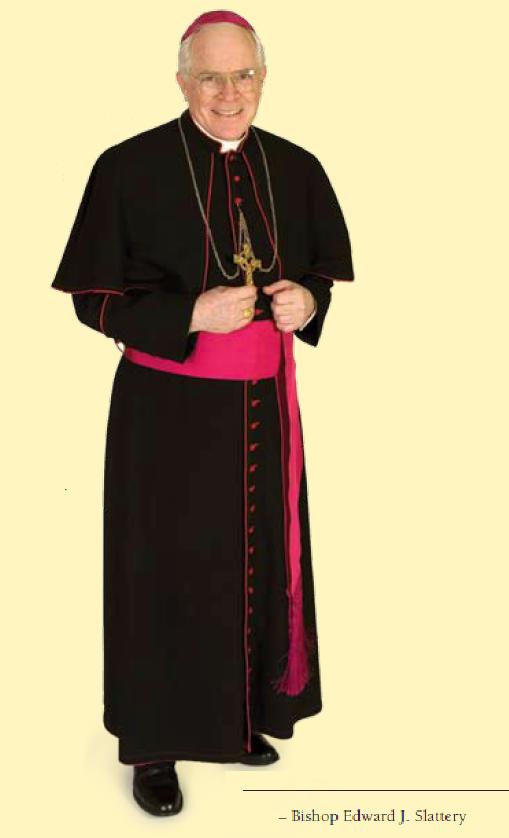 (He looks a "let's do it" kinda guy, doesn't he?)
(He looks a "let's do it" kinda guy, doesn't he?)
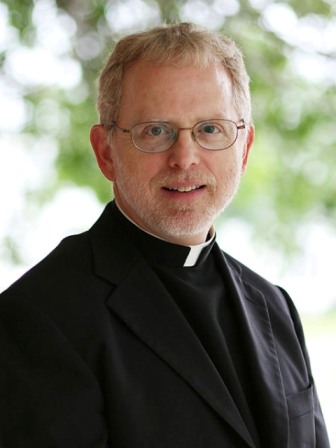
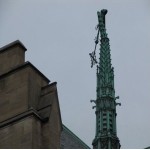 I was listening to Christopher Hitchens hold forth on a podcast lecture the other day about the way primitive man came to associate thunder with the anger of God through a chance rumbling at the very moment he engaged in a misdemenour with a guilty conscience....
I was listening to Christopher Hitchens hold forth on a podcast lecture the other day about the way primitive man came to associate thunder with the anger of God through a chance rumbling at the very moment he engaged in a misdemenour with a guilty conscience....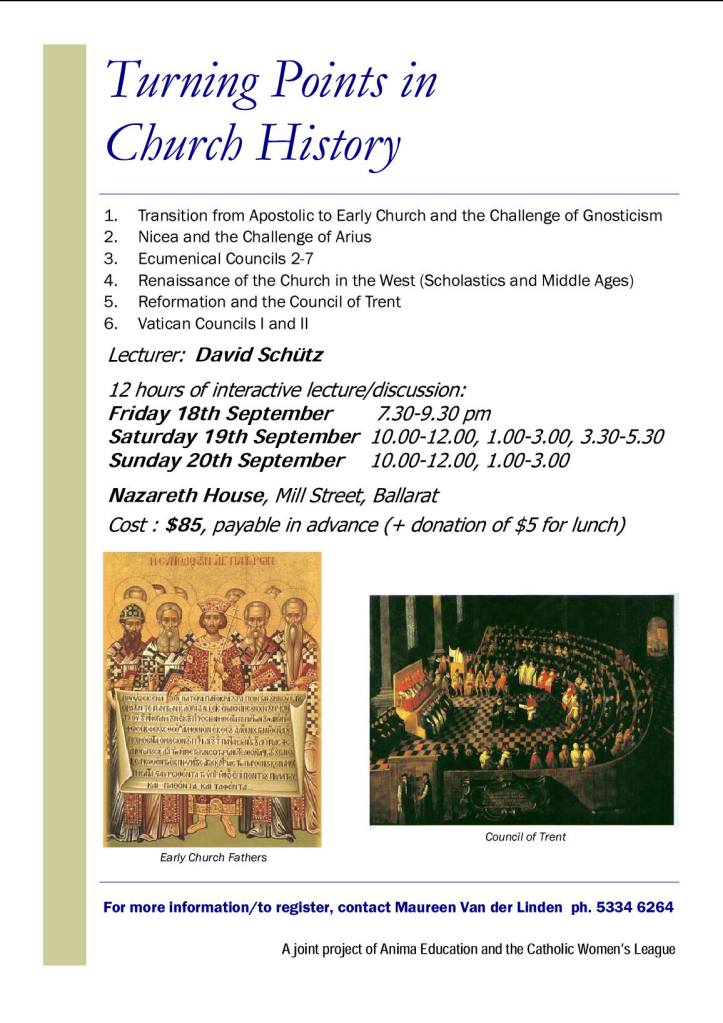

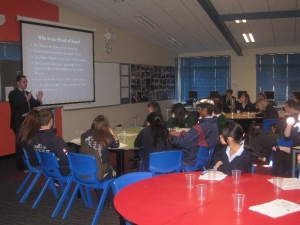 [/caption]An aquaintance of mine, George Bougias, who belongs to Australians for a Constitutional Monarchy (an organisation which I myself have not joined - not because I do not agree with their ideals but because, as I think I have said before, I am not by nature a "joiner"), sent around an email report of schools "Constitutional Convention" held recently in which he participated as a speaker. This is his report:
[/caption]An aquaintance of mine, George Bougias, who belongs to Australians for a Constitutional Monarchy (an organisation which I myself have not joined - not because I do not agree with their ideals but because, as I think I have said before, I am not by nature a "joiner"), sent around an email report of schools "Constitutional Convention" held recently in which he participated as a speaker. This is his report:
.JPG)






